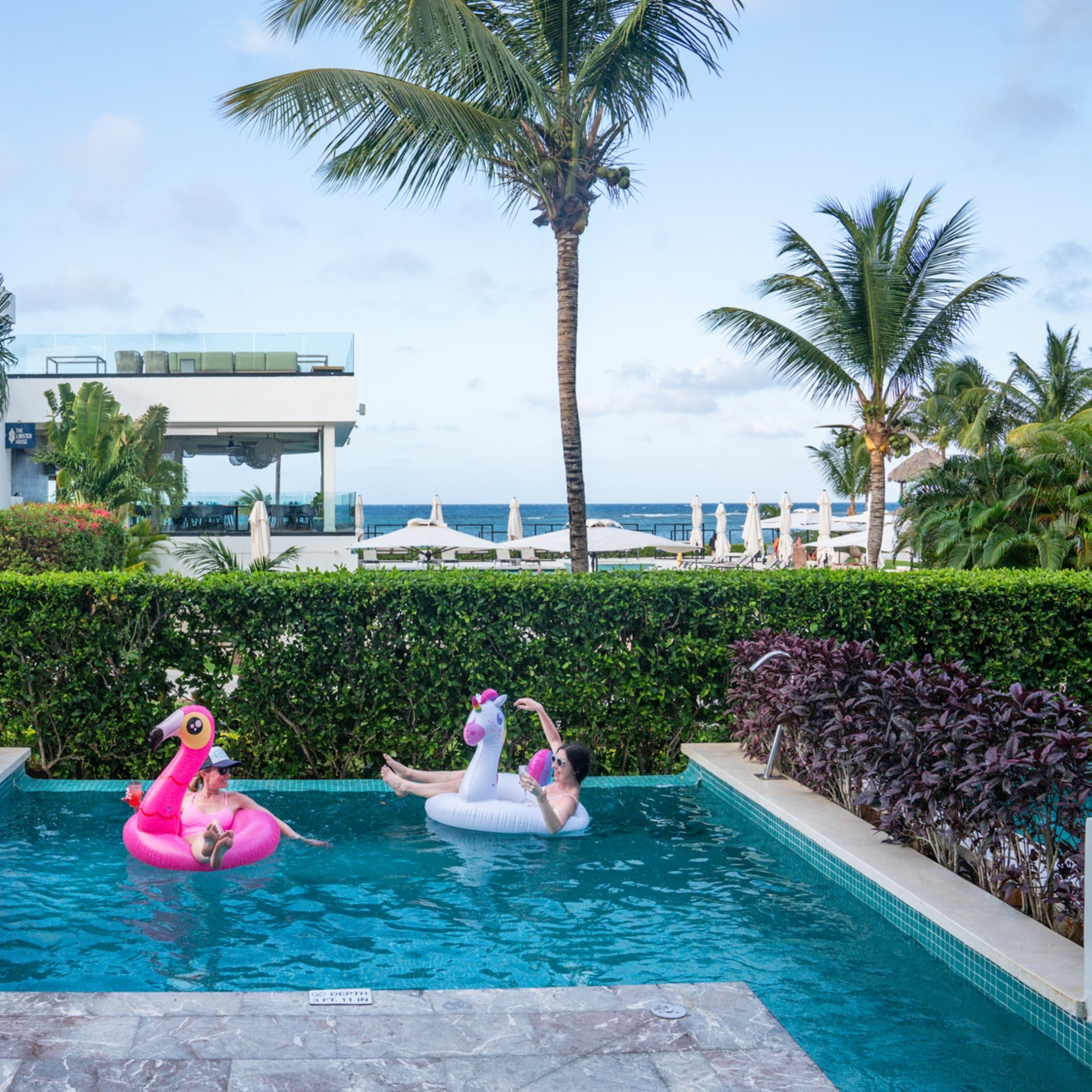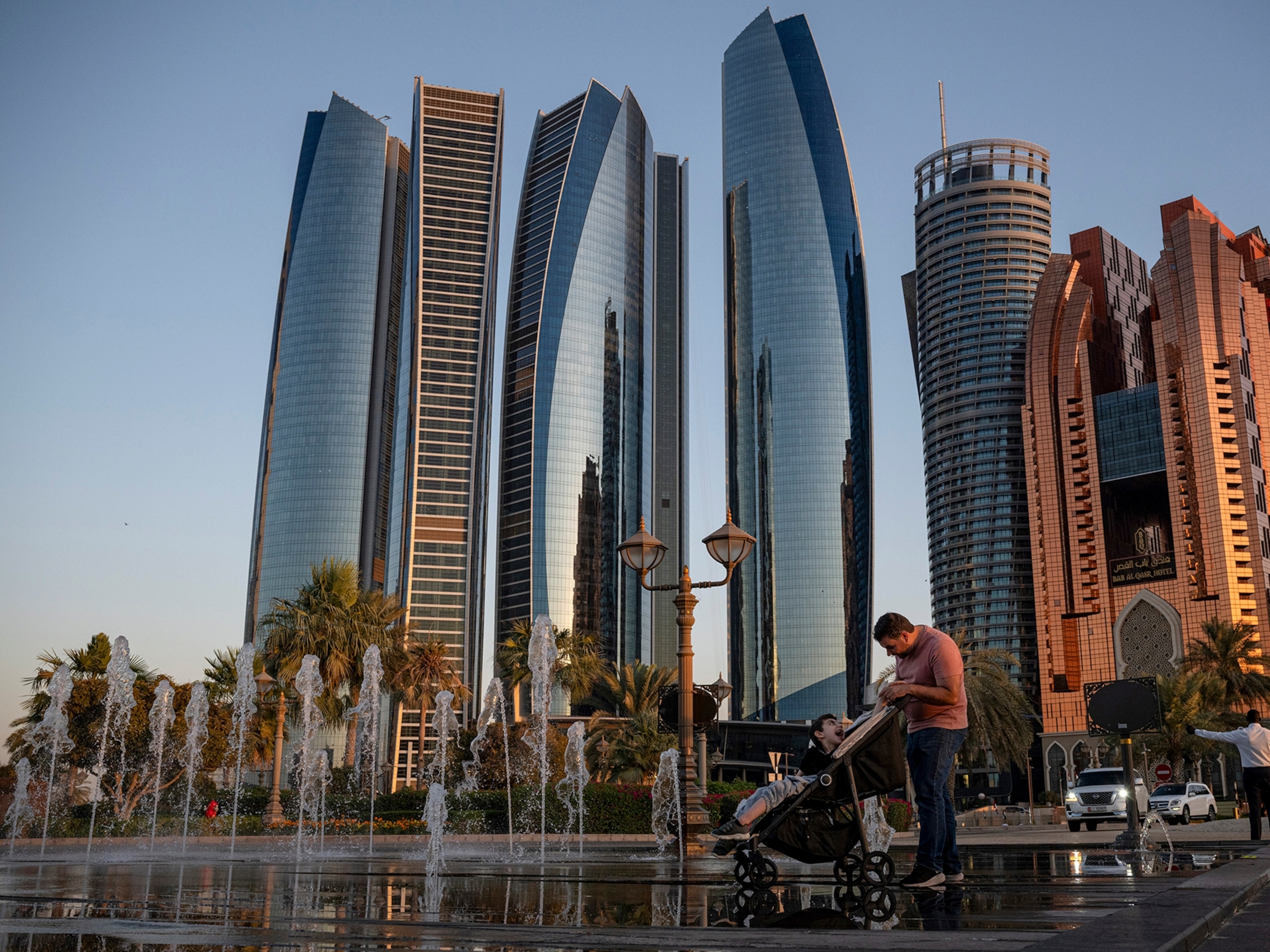There’s a new way to tour the Amazon rainforest—by crane
Canopy cranes, once reserved for treetop research, let you see the “eighth continent” like an arbornaut.

“We know more about the moon than we do the Amazon forest canopy,” says National Geographic Explorer Meg Lowman, executive director of the TREE Foundation.
Forest crown science is in its infancy. Canopy analyses began four decades ago when pioneers like Lowman used ropes and harnesses to reach the near impenetrable dome of foliage, vines, branches, and epiphytes. Their findings—particularly on species density and diversity—revolutionized forest ecology.
Over the years, these canopy scientists, nicknamed “arbornauts,” have concocted creative research vessels: balloons, cherry-picker lifts, drones, cranes, towers, and walkways. The last is now a staple in the rainforest tourism experience, with canopy walkways welcoming travelers across six continents.
But now, a new tourism crane in the Ecuadorian Amazon, which debuted in March, offers an exclusive look into what Lowman considers the “eighth continent.”
“All monkeys are restricted to the canopy, as are bats, and many birds,” says Ecuadorian scientist Jarol Fernando Vaca, noting anywhere from 60 to 90 percent of Amazon life, including primates, reptiles, and thousands of insects, reside at these heights and seldom leave this treetop tangle. Vaca is also a guide at Sacha Lodge, which offers the canopy tour. Here’s what you need to know about this new aerial experience.

The canopy crane experience
A traditional rainforest walkway or tower provides an up-close yet stationary view of the treetops. But the new canopy crane at Sacha Lodge, a private ecological reserve and 26-room hotel in Ecuador, rotates around the forest for a dynamic vantage point and “rapid access to multiple canopies without any physical exertion,” says Lowman.
Getting to the crane launch pad, however, is a jungle safari in and of itself. From Quito, travelers take a half-hour flight to the rainforest town of Coca. Here, travelers take two-and-a-half-hour canoe ride down the Napo River through the forest to reach the lodge. From the lodge, it’s only a 20-minute canoe ride across a lake—where river otters, anacondas, and caimans gather—followed by a 15-minute hike along the forest floor, with spiders, frogs, and industrious leaf-cutter ants sharing the trail. The crane gondola, which holds up to four people, glides across 54,000 square feet of forest—roughly the size of a football field, complementing these ground-level fauna sightings.
Ecuador’s 4-million-acre UNESCO Yasuní Biosphere Reserve, which encompasses Sacha Lodge’s 5,000 private and protected acres, is one of the planet’s most biodiverse places. More trees grow in 2.5 acres of the reserve than in the continental U.S. and Canada combined. Nearly 600 birds have been spotted on the Sacha Lodge grounds alone; that’s roughly 7 percent of all avian species on Earth.
(Rarely seen cliff art reveals the majesty of the Amazon’s aquatic realm.)
This biodiversity unfolds as the crane crawls above the dusky, quiet understory—a forest layer that the canopy shields from nearly all light. Its gondola rotates 360 degrees as it takes travelers 140 feet above the tree line. Some fauna are easy to spot; others require thorough listening, watching, and a pair of binoculars. (Unlike research-focused cranes, though, this one does not get you super close to the trees—a precaution to protect the animals.)

From the crane’s highest elevation, the six-foot-thick canopy looks like a tightly sewn lime blanket—but it’s actually a patchwork of tiny microhabitats. “Every giant tree is like an island in an ocean of trees,” Vaca says. The wildlife diversity from tree to tree is reminiscent of another Ecuadorian gem: the Galápagos. “Species from one island to another can be different.”
Canopy creatures also act differently than similar species on the forest floor—something Lowman learned quickly during her first climbs. “Shiny beetles ate young (but not old) leaf tissue, caterpillars operated in gangs feeding on entire branches from youngest to older foliage,” she wrote in her book, The Arbornaut: A Life Discovering the Eighth Continent in the Trees Above Us. “Across more than 60,000 species of trees, nearly every one hosts unique communities.”
While enthralling, these canopy marvels are more than curiosities. They hold secrets that are integral to our understanding, and protection, of planet Earth.
Protect the canopy, protect the planet
The Amazon rainforest soaks up one-fourth of all carbon dioxide absorbed by land, yet we’ve lost an estimated 13 percent of the original forest due largely to deforestation, according to a 2022 study released by the Monitoring of the Andean Amazon Project. As a result, the forest now absorbs 30 percent less CO2 than it did in the 1990s.


Just like walkways and towers, cranes play a pivotal role in understanding these at-risk ecosystems. Take the canopy cranes at Panama’s Smithsonian Tropical Research Institute, the first to pioneer crane research in the 1990s. These machines, which bookend the Isthmus of Panamá, help researchers analyze how trees cope with stress, absorb carbon, and use water. The knowledge scientists gain via the crane, shared via more than 130 published scientific articles, identifies the forest’s role in climate-change regulation.
(For insects, the Amazon’s canopy contains a dazzling multiverse.)
While effective, these canopy cranes have a major drawback: cost. Ranging from $250,000 to several millions, it’s why so few exist.
The crane at Sacha Lodge, open to both tourists and researchers, presents a new possibility for funding—and a promising future for treetop studies beyond its 5,000 acres. “If cranes could be afforded by a vibrant ecotourism revenue, that would be a great boon to researchers and tourists,” says Lowman.
What to know
Smithsonian Tropical Research Institute, Panama: Located in Panama City’s Natural Metropolitan Park, the STRI crane overlooks 80 tree and liana species with aerial glimpses of the Panama City skyline. The institute’s second crane, located in San Lorenzo National Park, overlooks the Caribbean.
Daintree Rainforest Observatory, Australia: Tucked away in the world’s oldest rainforest, the Daintree Rainforest Observatory research crane in Queensland ascends 150 feet above the trees. Its uneven canopy varies from 80 to 130 feet, with everything from toucans to snakes and tree frogs calling the foliage home.
KAKOBA Crane, Papua New Guinea: Gaze across the Bismarck Sea, and admire a web of verdant trees beneath your feet, via the KAKOBA crane in the Kau Wildlife Conservation Area of Papua New Guinea’s Madang province. This crane, which covers roughly 2.5 acres of lowland rainforest, is operated via the European Research Council and the local New Guinea Binatang Research Center.
Stephanie Vermillion is a travel and outdoors journalist, filmmaker, and photographer. Follow her adventures on Twitter and Instagram.







